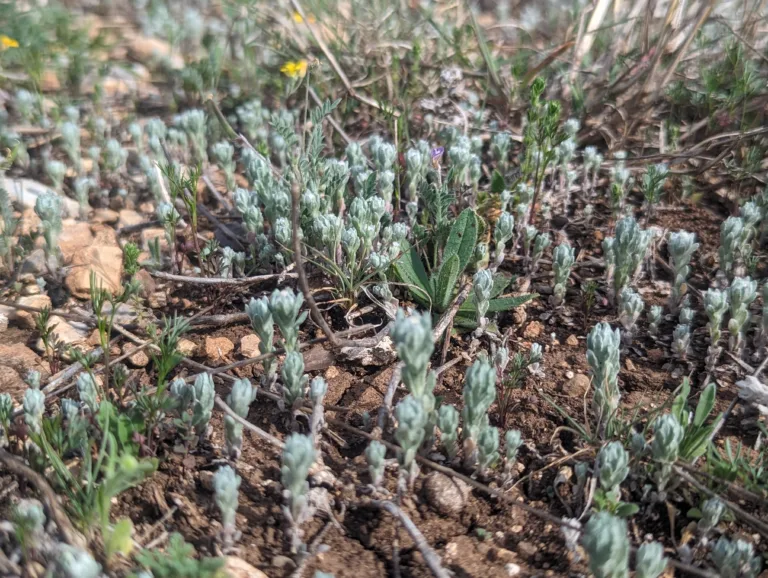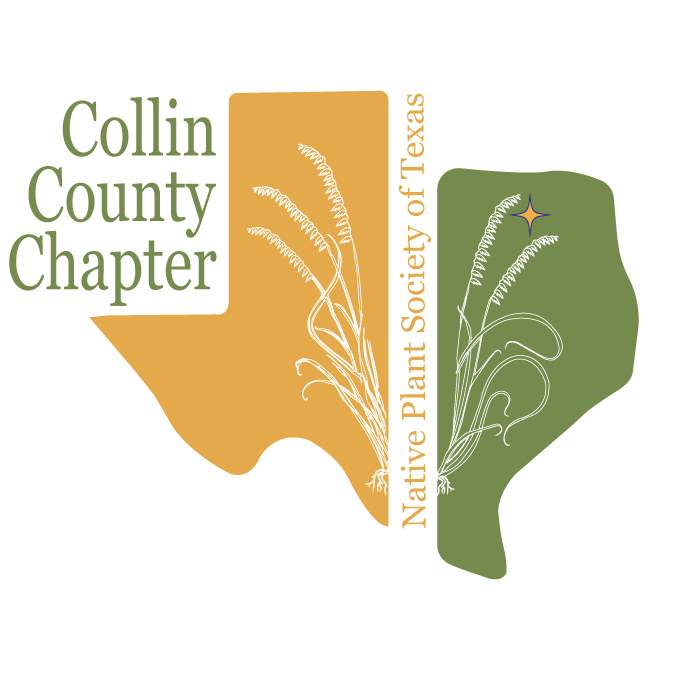April 23 @ 7:00 pm – 8:30 pm
This will be a “hybrid” meeting, attend in-person or online.
- In person: The Gathering Center at the Urban Ecology Center at Phil Hardberger Park, 8400 NW Military Hwy
- Online: Please register in advance to attend via Zoom.
Presentation by Zach Ritchie
Identification Tools for Native Plant ID
Learning the biodiversity of native species in Texas can be daunting. Gain the tools to identify the native plants of Bexar county and more through this lecture. Use taxonomy, morphology and plant keys to contribute to the growing collection of observations on iNaturalist during the bioblitz.
Zach Ritchie – SABOT Conservation and Collections Technician
If you are attending in person, there is no need to register. However, if you are attending via Zoom, please register here before the meeting begins as late registration and entry will not be allowed. After registering, you will receive a confirmation email containing information about joining the meeting.
Note: The Zoom meeting is limited to 100 viewers at any time. If our Zoom meeting participants exceed that number online, you may not be able to access the meeting live. We apologize for the inconvenience, but the meeting will be available within days after the meeting on our YouTube channel.
Related Events
-
No Meeting, Happy Holidays!
December 9







